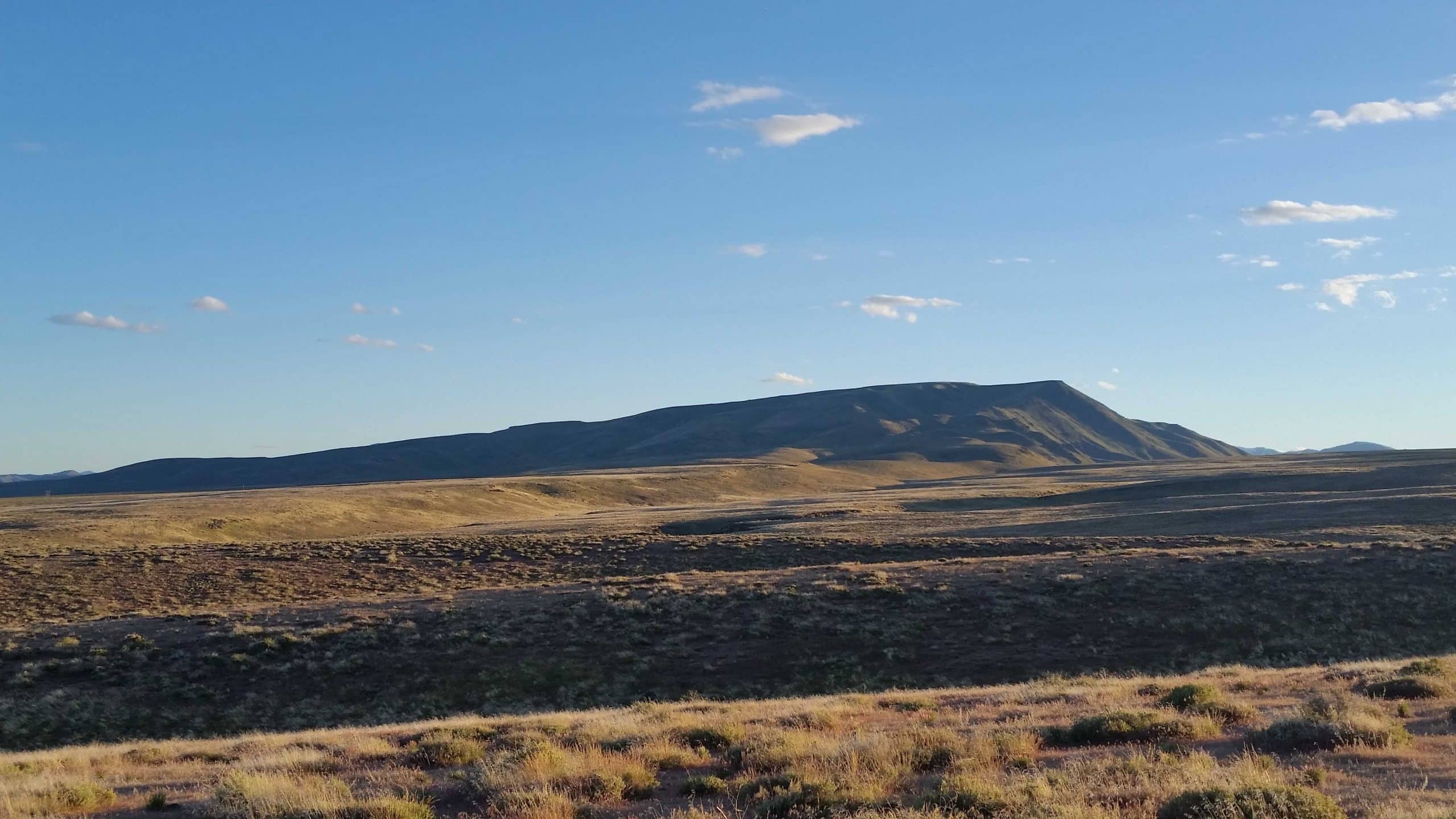Living off-grid refers to a lifestyle where individuals or communities are self-sufficient in terms of energy, water, and waste management, and are not reliant on centralized utilities and infrastructure. People choose to live off-grid for various reasons, and the motivations can include environmental, economic, self-sufficiency, and personal values. Here’s why and how one might choose to live off-grid:
Why Live Off-Grid:
1. Environmental Sustainability:
Many off-grid individuals and communities choose this lifestyle to reduce their environmental impact. By generating their own renewable energy, conserving resources, and managing waste responsibly, they can minimize their carbon footprint.
2. Energy Independence:
Living off-grid allows people to generate their own electricity, often through solar panels, wind turbines, or micro-hydro systems. This energy independence can provide security against power outages and rising energy costs.
3. Self-Sufficiency:
Off-grid living encourages self-sufficiency. People can grow their own food, collect rainwater, and manage their own waste, reducing their reliance on external systems.
4. Escape from Urban Life:
Some people are drawn to off-grid living as a way to escape the hustle and bustle of urban life. They seek the tranquility and serenity of rural or remote settings.
5. Sustainable Practices:
Off-grid living often involves sustainable practices, such as composting, organic farming, and using natural building materials. It aligns with a desire to live more in harmony with nature.
How to Live Off-Grid:
1. Location:
Choose a suitable location, often in a rural or remote area, where you can legally and feasibly live off-grid. Consider factors like access to water, sunlight for energy generation, and land for agriculture.
2. Energy Generation:
Install renewable energy systems, such as solar panels, wind turbines, or micro-hydro systems, to generate electricity. Ensure your system is properly sized to meet your energy needs.
3. Water Supply:
Develop a reliable water supply system, which can include collecting rainwater, drilling a well, or utilizing a natural water source. Implement water conservation practices.
4. Waste Management:
Set up a waste management system that includes composting, recycling, and responsible disposal of waste. Minimize waste generation and adopt eco-friendly products and practices.
5. Food Production:
Establish a food production system, such as vegetable gardens, fruit trees, or livestock, to produce your own food. Consider sustainable and organic farming methods.
6. Housing:
Build or modify a home that is energy-efficient, well-insulated, and suited to your local climate. Use natural and recycled building materials when possible.
7. Heating and Cooling:
Use energy-efficient and sustainable methods for heating and cooling, such as wood stoves, passive solar design, or geothermal systems.
8. Infrastructure:
Create the necessary infrastructure for daily living, including sewage systems, power storage (e.g., batteries for solar energy), and a backup generator for periods of low renewable energy generation.
9. Learn Skills:
Develop practical skills in farming, construction, plumbing, electrical work, and maintenance to ensure self-sufficiency and the ability to troubleshoot issues.
10. Community and Support:
Connect with like-minded individuals and communities who share your off-grid lifestyle, as they can provide valuable support and knowledge.
It’s important to conduct thorough research, understand the local laws and regulations, and plan carefully before transitioning to an off-grid lifestyle. Off-grid living can be challenging, requiring hard work, adaptability, and a willingness to embrace a simpler, more self-reliant way of life. However, for those who are committed to these values and principles, it can be a rewarding and sustainable way to live.

Leave a Reply
You must be logged in to post a comment.